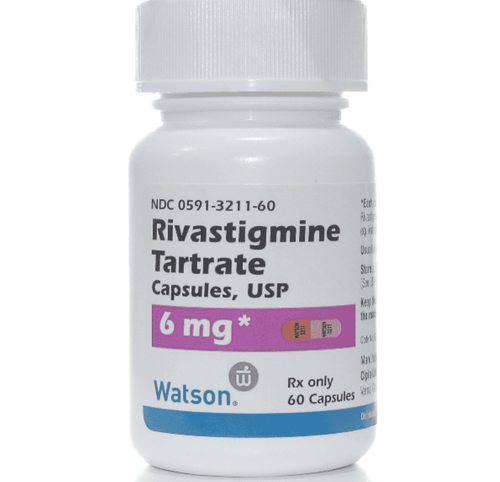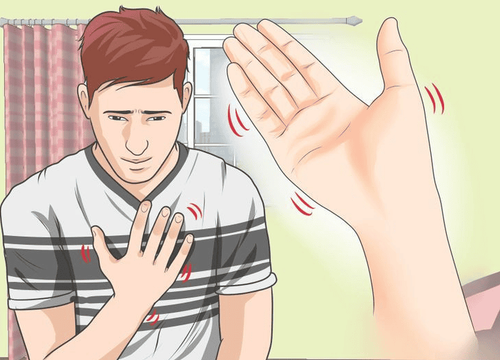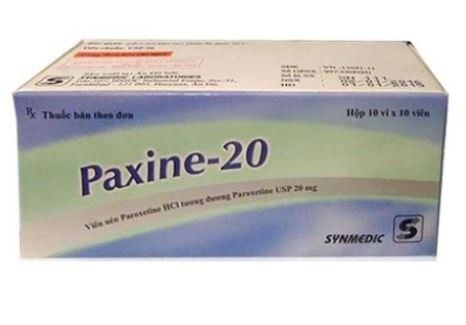This is an automatically translated article.
Dissociative disorders belong to the group of mental illnesses, with a prevalence of 0.3 - 0.5% in the population. The disease is more common in women than in men, and in young people more than in the elderly. Clinical symptoms of dissociative disorders are diverse, diverse and sometimes unexplained, thus often causing many difficulties in diagnosis and treatment.1. What is dissociative disorder?
Dissociative disorders (dysfunction, hysteria, ...) are mental disorders that involve disconnection and discontinuity between thoughts, memories, surroundings, actions and personal characteristics. People with dissociative disorder come out of this condition with incontinence, which is harmful to health and interferes with functioning in daily life.
Dissociative disorders often develop as a response to trauma and difficult memory retention. Symptoms - ranging from amnesia to alternating features - depend in part on the type of dissociative disorder. A period of high stress can make the symptoms of the disease worse and more obvious.
2. Characteristics of dissociative disorders
The process of cortical activity weakens, escapes from the control of the subcortical to increase emotions, increase suggestibility. Therefore, the strong stimulation of psychological trauma leads to the uncontrolled cerebral cortex entering an inhibited state. When the cerebral cortex cannot regulate itself, the activity of the subcortical region will increase, and symptoms of dissociative disorder will appear.
In addition, traumatic stimuli can easily cause a collective chain reaction. When one person in a group has it, many others can also be made to feel that the disease is contagious (mass hysteria).
Dissociative disorders in children - especially common in girls - often occur together in a group or group at school or in a crowd. Manifestations of this disorder begin with a person with the disease and those around them tend to be "contagious". The disease often appears after psychological trauma, difficult life problems such as study, work and relationships that the patient cannot solve on his own.

Rối loạn phân ly thường phát triển như là phản ứng chấn thương và lưu giữ ký ức khó khăn
3. Manifestations of dissociative disorder
Dissociative disorders often do not follow any anatomical chart but are based on the patient's imagination. These disorders are also diverse, appearing and ending abruptly. Symptoms may subside after a few weeks or months, or they may recur as the traumatic event continues.
Signs and symptoms depend on the type of dissociative disorder, which may include:
Memory loss (Amnesia) for certain periods of time, relating to events, people, personal information. Feeling independent of yourself and your emotions. Perception of people and objects around is distorted and unreal. There is a faint sense of judgment. Stress or problems in relationships, work, or other important areas of life. Inability to cope with emotions or stress. Mental health problems such as depression, anxiety, suicidal thoughts and behavior.
4. Causes of Dissociative Disorders
Currently, there is no scientific evidence that dissociative disorders are caused by brain damage, so this disease is also called functional disease. The main reason is:4.1. Mental trauma
Traumatic trauma is usually strong emotions such as extreme fear, extreme anger, severe disappointment... Trauma is often easily recognized in debilitating mental illness because it is acute and strong in nature. usually arise shortly after the trauma or shortly after the trauma. However, there are also cases of mental trauma that are difficult to find, especially those with long-term recurrence.4.2. Favorable factors
Weak personality: The disease often arises in people who, due to inappropriate circumstances and education, form a weak and negative personality such as lack of self-control, lack of self-control, fond of pampering, like to show off, endure hardships poorly, ideals are not stable. Harmful environmental factors: Are factors that weaken the nervous system, reduce the activities of the cerebral cortex such as infection, poisoning, traumatic brain injury, malnutrition, exhaustion, ...
Điều trị rối loạn phân ly bằng liệu pháp tâm lý
5. How is dissociative disorder treated?
Dissociative disorder is mainly treated with psychotherapy, in which suggestion therapy is applied very effectively. In addition, it should be combined with improving physical condition, fostering personality, creating a suitable living environment space to improve the patient's condition.
In addition, it is possible to combine other comprehensive therapies such as music, sports, labor, relaxation, exercise,... In more severe cases, together with the application of therapies Psychology needs to combine the use of psychotropic drugs or acupuncture, acupressure, to create confidence in the patient in the treatment process to help the disease reduce and lose dysfunctional symptoms.
In treatment with psychotherapy, attention should be paid to:
Absolutely do not look down on the patient, do not consider it as a pretend disease that rejects or abandons the patient. It is necessary to avoid being too indulgent, too worried about the patient, thus inadvertently suggesting to the patient about the more serious condition of the disease. Dissociative disorder is a disease of a weak personality, the above therapies only work to treat symptoms, in order to get rid of the disease, you must continue to do long-term psychotherapy. In order to prevent this disease, it is recommended to strengthen the propaganda and education of necessary knowledge about hygiene and prevention of mental illnesses, in order to train character from an early age, educate solidarity, mutual love, collectiveness, avoid mental stress in living, studying and working.
Currently, Vinmec Health System treats dissociative disorders mainly with psychotherapy, in which suggestion therapy is applied very effectively. In addition, it should be combined with improving physical condition, fostering personality, creating a suitable living environment space to improve the patient's condition.
Please dial HOTLINE for more information or register for an appointment HERE. Download MyVinmec app to make appointments faster and to manage your bookings easily.
Reference source: mayoclinic.org













